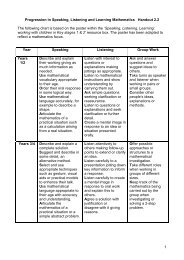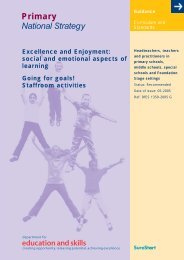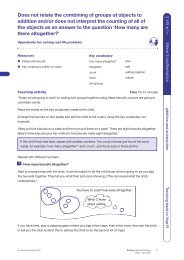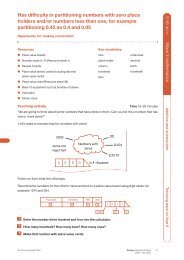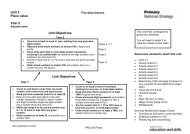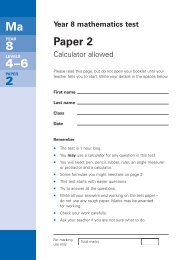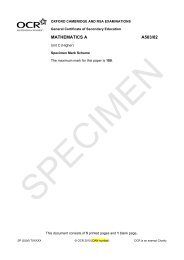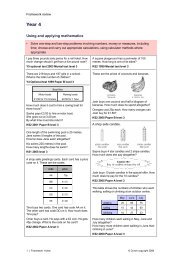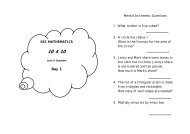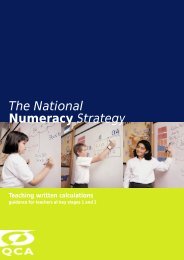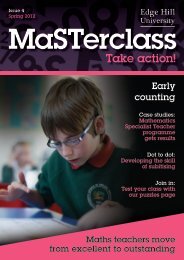Year 3 Block A: - Suffolk Learning
Year 3 Block A: - Suffolk Learning
Year 3 Block A: - Suffolk Learning
You also want an ePaper? Increase the reach of your titles
YUMPU automatically turns print PDFs into web optimized ePapers that Google loves.
4 of 20 The National Strategies ⏐ Primary<strong>Year</strong> 3 <strong>Block</strong> A: Counting, partitioning and calculating<strong>Year</strong> 3, <strong>Block</strong> A: Counting, partitioning and calculatingUnit 1<strong>Learning</strong> overviewContained in this learning overview are suggested assessment opportunities linked to theassessment focuses within the Assessing Pupils’ Progress (APP) guidelines. As you plan yourteaching for this unit, draw on both these suggestions and alternative methods to help you togather evidence of attainment or to identify barriers to progress that will inform your planning tomeet the needs of particular groups of children. When you make a periodic assessment ofchildren’s learning, this accumulating evidence will help you to determine the level at which theyare working. To gather evidence related to the three Ma1 assessment focuses (problem solving,reasoning and communicating) it is important to give children space and time to develop theirown approaches and strategies throughout the mathematics curriculum, as well as through theapplication of skills across the curriculum.In this unit the illustrated assessment focuses are:• Ma1, Reasoning• Ma2, Numbers and the number system• Ma2, Solving numerical problems.Children read and write whole numbers to at least 1000 in figures and words. They identify theposition of these numbers on a number line, using their understanding of place value to locatethe hundreds and tens numbers and to explain their relationships. They know the ordinalnumbers to at least 100 and use them in practical contexts, such as describing the position of ateam in a league table or the order of quantities or numbers according to size.Children count on and back in steps of 1, 2, 3, 4, 5, 6 and 10 from zero and then from anygiven number. They use these sequences to count on or back in steps of 10, 20, 30, 40, 50, 60or 100. They use their counting skills to answer questions such as:If I keep subtracting 6 from 49, what is the smallest number I will get?They recognise the relationships between counting in: 2s and 4s; 3s and 6s; 5s and 10s.Children count a large collection of objects by grouping them, for example, into fives, tens ortwenties. They recognise how this helps them to find the total number of objects systematicallyand accurately and gives a method to use to check the result.Children partition two- and three-digit numbers and use their knowledge of place value tocompare and order numbers with up to three digits. They use the vocabulary and symbolsassociated with comparing and ordering of numbers. They compare two three-digit numbers,such as 456 and 465, and read and record that 465 > 456 or 456 < 465. They give reasons fortheir choice. Children answer questions such as: What multiples of 10 lie between 256 and 283?In order to identify missing numbers, they pose questions of their own such as:Does it lie between 50 and 80?If I count in threes from zero, will it be in my sequence of numbers?00543-2008DOM-EN-11 © Crown copyright 2009



